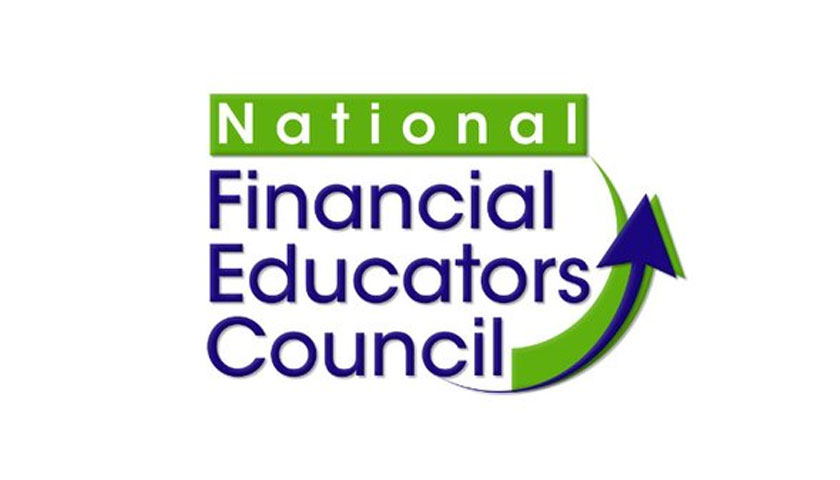Advertisers in the US spend more than $4 billion every year marketing products to children.(1) This practice continues despite the fact that researchers and legal scholars alike – including the American Psychological Association – concur that advertising to young children is misleading and unfair.(2,3) Children below the age of 8 years have underdeveloped cognitive skills, and thus are unable to distinguish biased advertising messages from fact.(3-5)
This unfair practice of targeting young children with marketing inspired the National Financial Educators Council (NFEC) to conduct a survey of American adults to clarify where they stand on the issue. The Advertising to Kids survey, conducted from October 13 – November 1, 2021, asked 3,298 citizens across the US to answer three questions:
- Should companies advertise to kids younger than 8 years old? 79.7% responded “Definitely No” or “No.”
- Is advertising to kids younger than 8 years old unethical? 57% responded “Definitely Yes” or “Yes”.
- Should junk food companies advertise to kids younger than 8 years old? 76.6% responded “Definitely No” or “No.”
View the complete survey results at: https://www.financialeducatorscouncil.org/advertising-to-kids-survey/
The findings clearly indicated strong support for banning advertising to young children.
The NFEC conducts financial education and financial coaching programs and has witnessed first-hand how childhood advertising can affect people’s future finances. That’s why they’ve initiated a Stop Predatory Advertising to Kids advocacy campaign and designed new resources to help parents teach children to critically evaluate advertisements.
Vince Shorb, CEO of the NFEC, commented on the study: “Our children’s minds are inundated with advertising messages from birth. Given that financial habits form at a very early age, those messages can affect kids’ financial behaviors and self-worth later in life. Exposure to marketing among children breeds consumerism and poor decision-making, which can have disastrous consequences as these young people mature.”
Currently the US advertising industry is held under no regulatory statutes other than self-regulation – for example, the 2006 Children’s Food and Beverage Advertising Initiative (CFBAI).(5) However, these self-regulatory efforts have been weak and ineffectual.(3,4) Further research has shown that preschool-aged children are still exposed to advertising even from the small number of companies that participate in CFBAI.(5)
As Shorb states, “Industry self-regulation isn’t working. Advertisers still spend billions of dollars a year designing high-tech ads aimed at children, and those ads shape children’s behaviors and decisions before they’re old enough to understand what they’re viewing. Our policymakers need to step in and protect our kids from this predatory influence.”
The National Financial Educators Council carries out studies like this one to illuminate ways to promote children’s financial wellness and financial literacy as they mature. The organization has a mission to support individuals to achieve greater financial health by increasing their personal finance skills through financial education and personal financial coaching.
1. Guttman A. Spending on advertising to children worldwide from 2012 to 2021, by format [Internet]. New York: Statista; 2020 Apr [cited 2020 Oct 29]. https://www.statista.com/statistics/750865/kids-advertising-spending-worldwide/
2. Radesky J, Reid Chassiakos Y, Ameenuddin N, Navsaria D. Digital advertising to children. Pediatrics. 2020;146(1):e20201681.
3. Wilcox BL, Kunkel D, Cantor J, Dowrick P, Linn S, Palmer E. Report of the APA Task Force on Advertising and Children. Washington, DC: American Psychological Association; 2004.
4. Lapierre MA, Fleming-Milici F, Rozendaal E, McAlister AR, Castonguay J. The effect of advertising on children and adolescents. Pediatrics. 2017;140(s2):e20161758.
5. Harris JL, Kalnova SS. Food and beverage TV advertising to young children: Measuring exposure and potential impact. Appetite. 2017;123:49–55.



